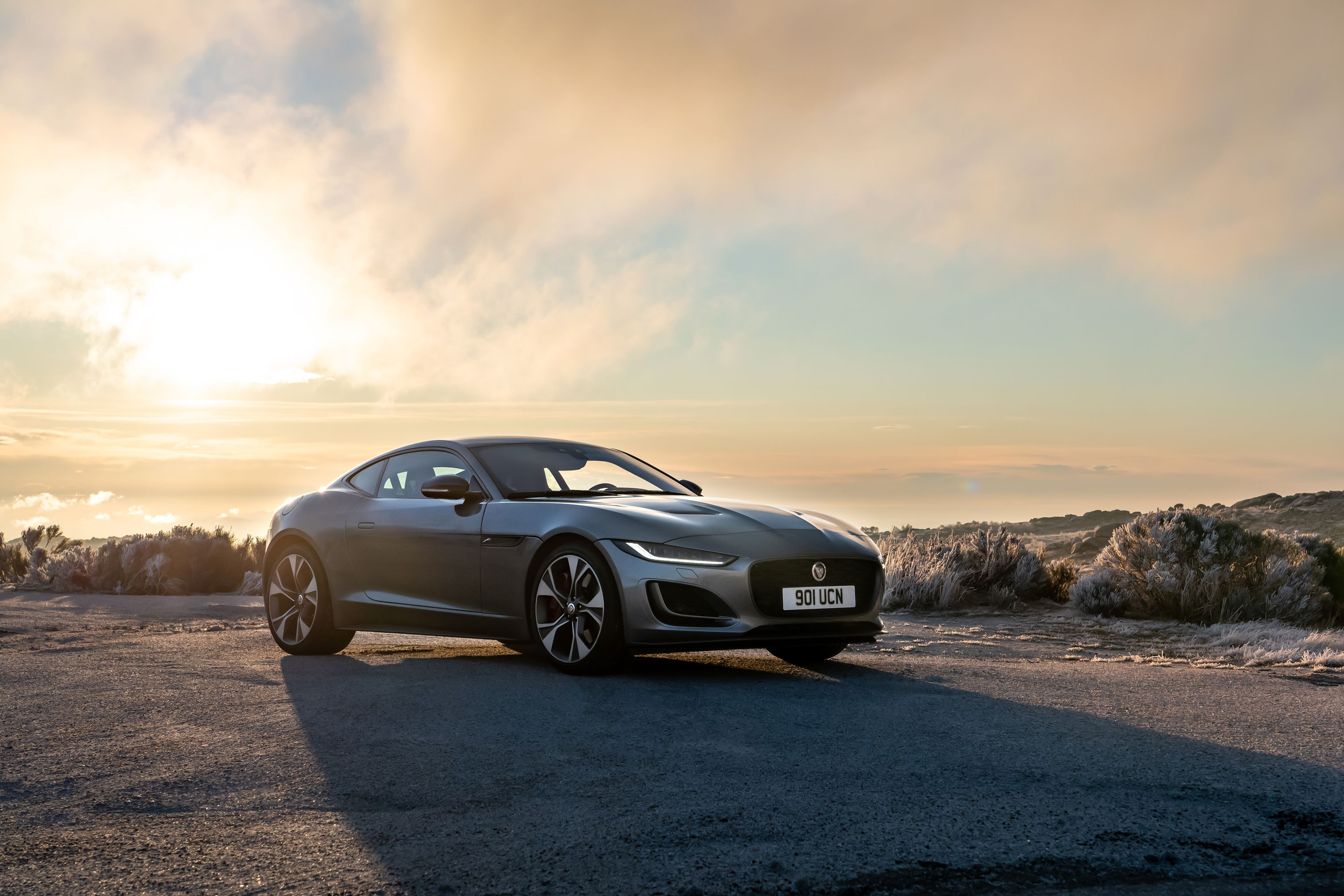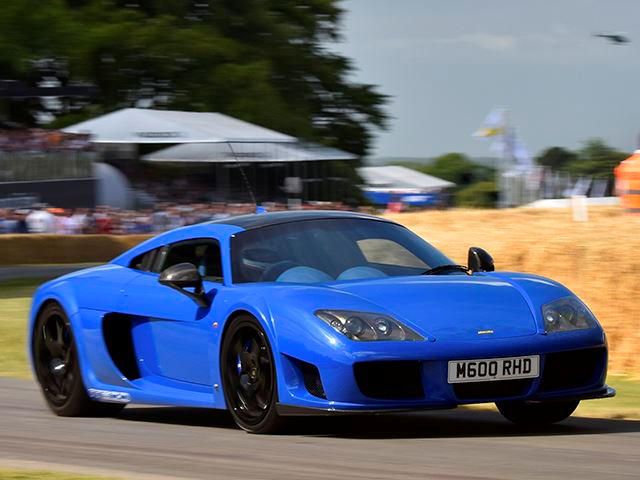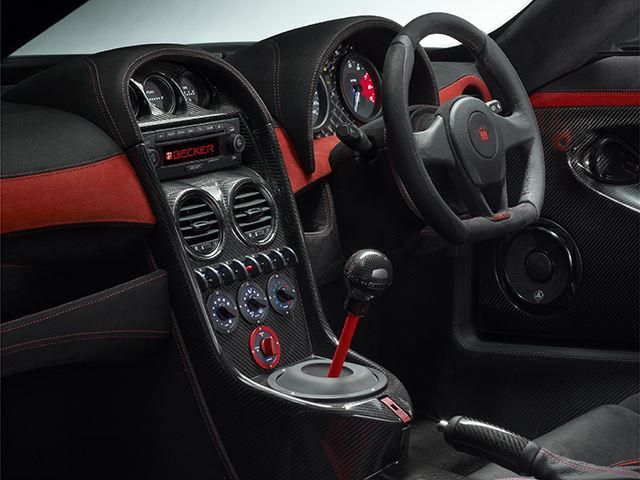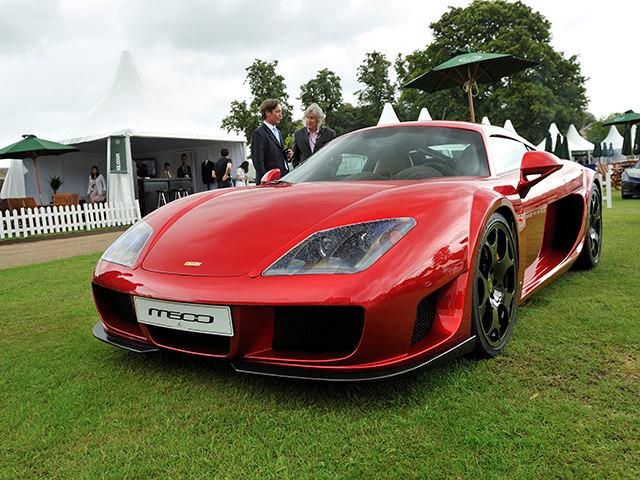
In recent years, the British sports car industry has been dominated by small upstarts with ambitions of beating the big boys at their own game. Firms like Breckland, Keating, Invicta, Connaught, Farbio, Trident, Melling, Ascari, Spectre, Lynx, Fenix and Sebring have all tried to crack the sports and supercar markets - and, given many of them are hardly what you'd call "well known names", it's no surprise that all of them failed spectacularly.
A handful, however, have been able to survive, with Radical, Ariel and most recently Zenos all finding success at the end of the paths they've respectively trodden down. However, while these companies each produce incredibly quick cars (all three offer a model with power to weight ratios in excess of 350 hp per ton), they've never truly entered the realms of the hardcore, high-end supercar - and this is where Noble comes into play. Despite sticking with the sub-$80,000 sports cars that it had made a name for itself with (especially when, from 2006, the then-bankrupt TVR was no longer an active homegrown threat), Noble decided the best course of action was to develop a ludicrously expensive, 200 mph+ supercar.
It was a hugely unexpected move, especially from a small independent company based out of a business park. And such amazement was further amplified when it was revealed that this new supercar would be aimed directly at the affluent enthusiasts after a pure and raw driving experience - further narrowing down the already incredibly low demand for a car like this. Almost everyone at the time undoubtedly gave Noble a huge amount of respect for attempting to build a supercar like this, but there was always the lingering feeling that what was eventually revealed as the Noble M600 would either be an overpriced mess, or force Noble into bankruptcy before it was finished. Thankfully, neither scenario happened.
On the contrary, the Noble M600 immediately became one of the world's most exciting supercars when it was released in 2010. And one of the biggest reasons why it was so intoxicating was because it was so friggin' fast - it's no surprise that a car with 650 hp and a 1250 kg curb weight would be as brisk as the M600, but all the acceleration and performance stats this carbon fibee-clad monster is associated with (0-60 mph in 3 seconds, 225 mph top speed, standing quarter mile in 11 seconds, etc.) can't prepare you for the sheer speed of this bonkers machine. The M600 wasn't just a straight line speed machine, either - as with every other Noble, it was as sublime car to drive.
Of course, such a raw car would obviously bite your head off if you took too many liberties with it - the lack of ABS and the limited servo assistance, for example, made it quite challenging to properly modulate the brakes into corners with high entry speeds, and the boost from the 4.4-liter V8's two turbochargers had the potential to catch you out if you weren't sensible enough with the throttle pedal. Treat the Noble M600 with respect, though, and you'll unravel a supercar that was begging to be driven hard. You certainly need a balanced and finely tuned chassis setup in order to hustle a car as potent as the M600 up the Goodwood Hill Climb route at this sort of pace, that's for sure!
Understandably, a car like the Noble M600 was never going to be a huge sales hit - Noble only ever expected to sell 50 examples per year, and it's unknown if the industrial estate construction facilities have ever run at full capacity. But, judging by the company's continued presence at motoring events across the world, along with expansions into new territories (as of 2016, Noble is now officially represented dealership-wise in the Middle East), suggests that the M600 hasn't done the company any harm at all. Time will tell if Noble can indeed carry on when its fastest ever car is eventually phased out, but we can at least for now relish in the mighty accomplishments of the underdog hero that is the Noble M600.



